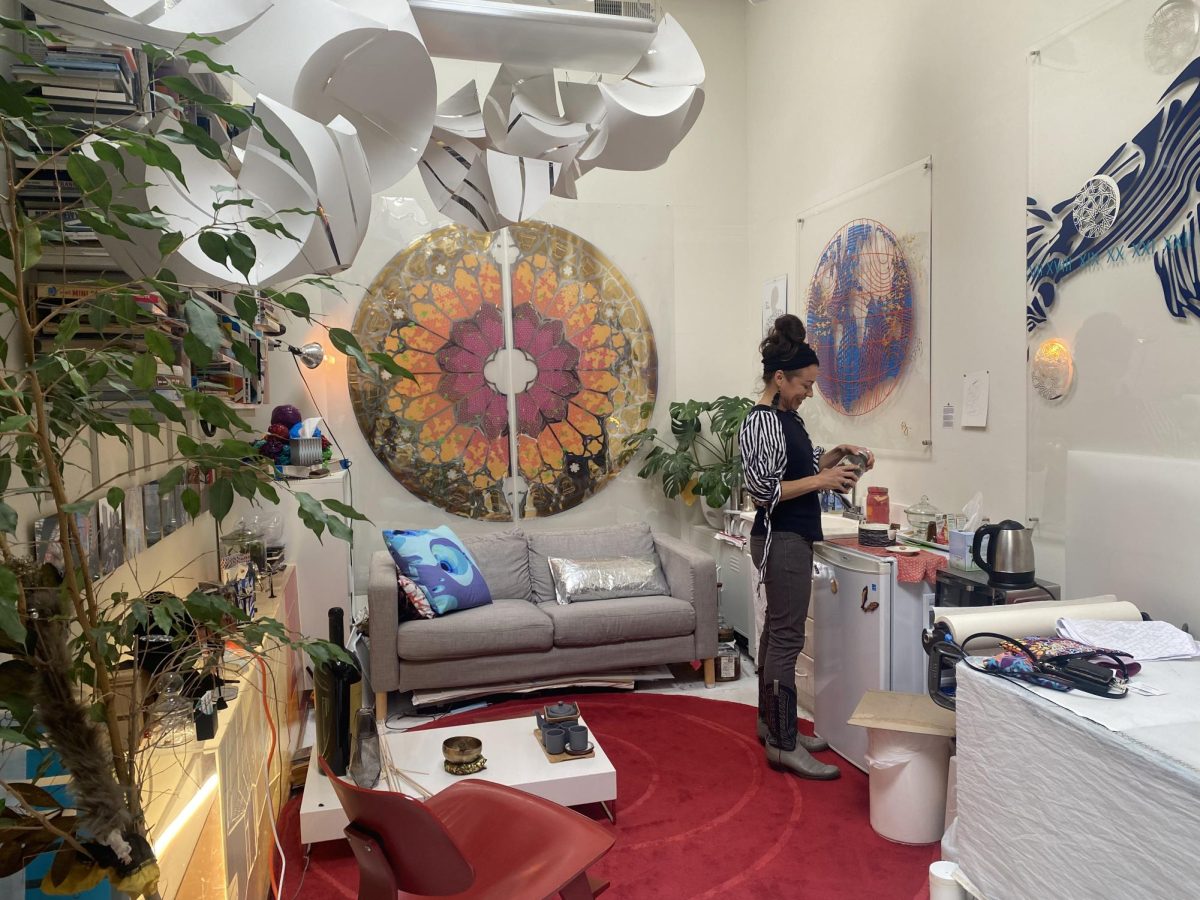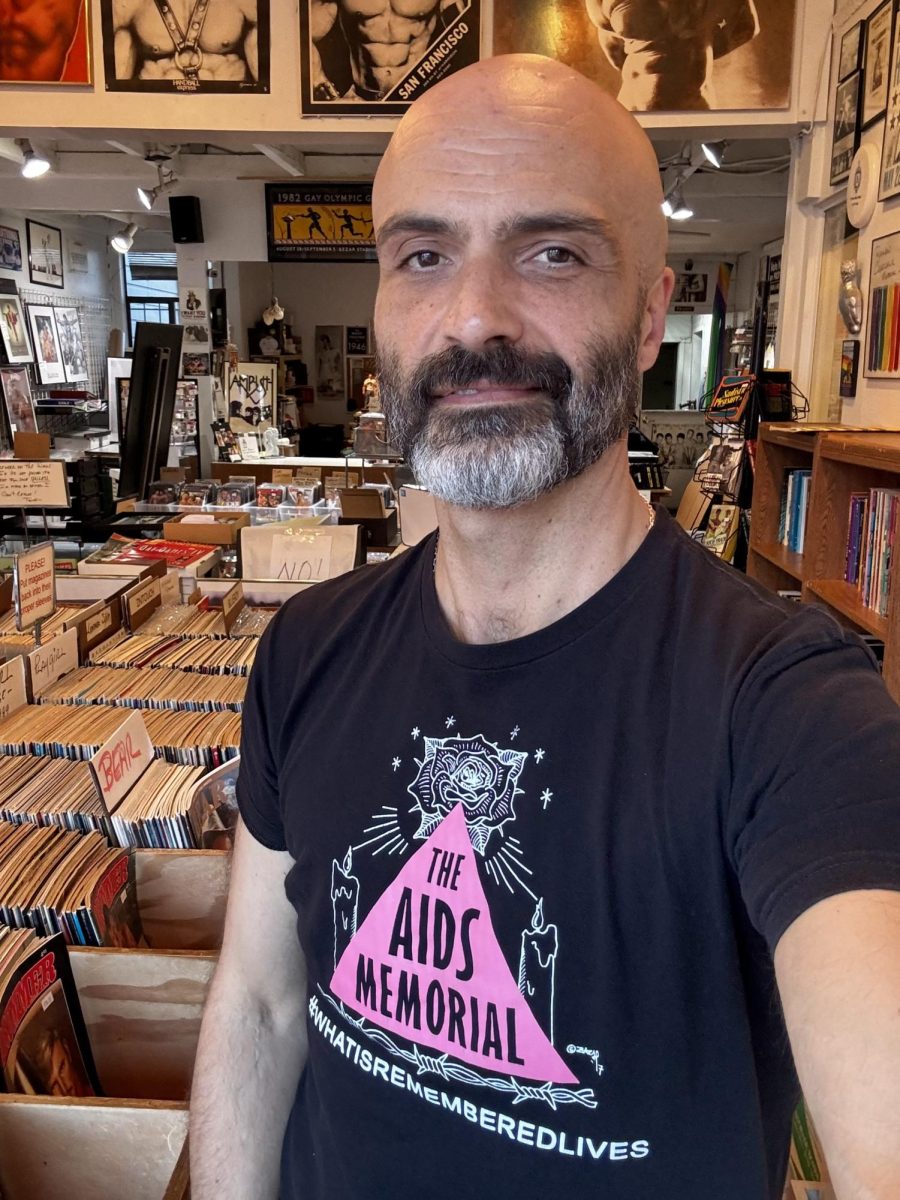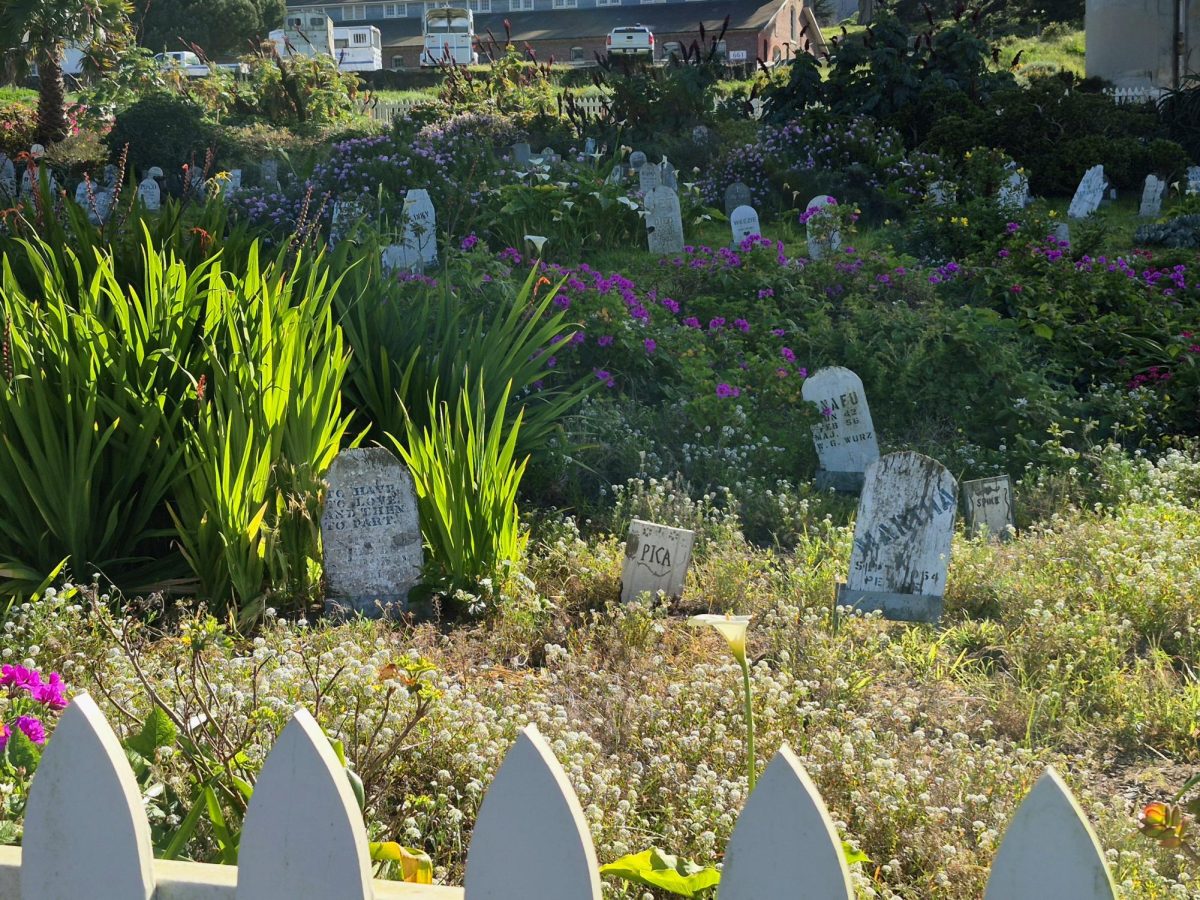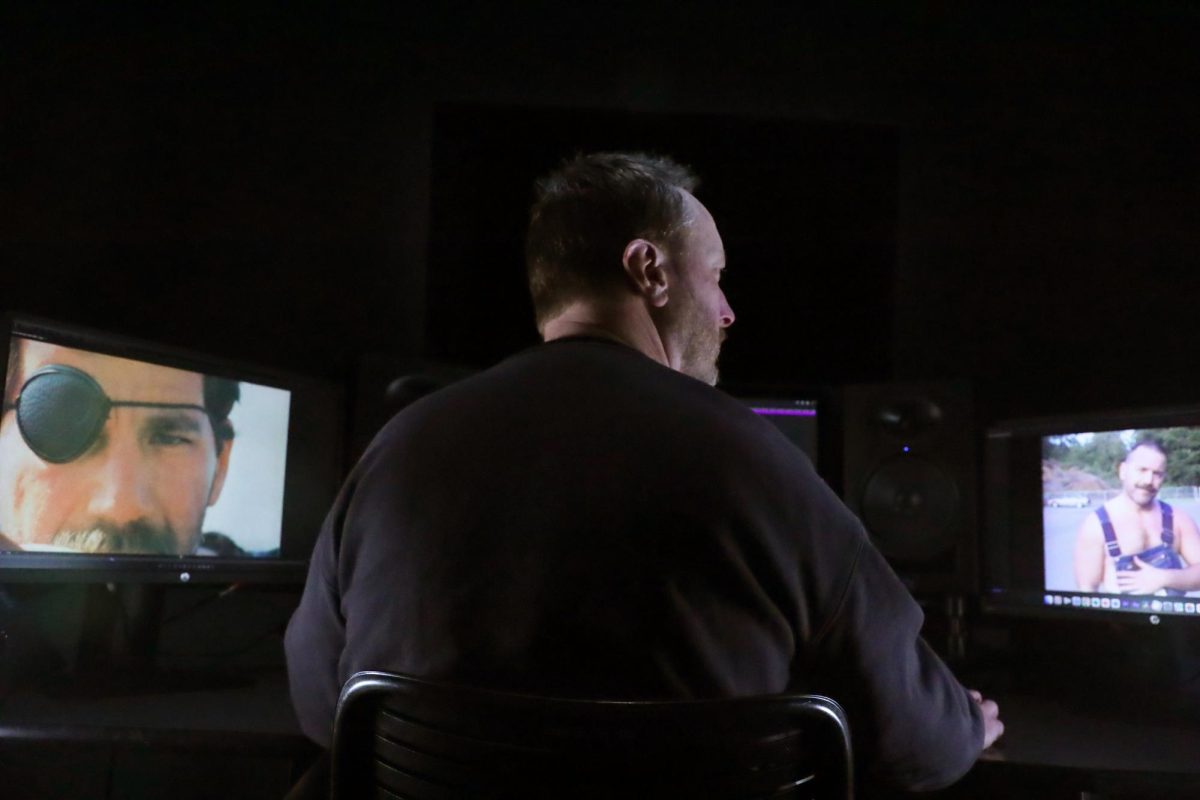The number of people living on the streets of San Francisco has changed recently. Here is a look,
Life in San Francisco can be encapsulated by a single phrase: You get what you pay for. The cost of living has been steadily increasing as young professionals recognize the City by the Bay’s appeal — a thriving restaurant scene, energetic nightlife, and beautiful public parks around almost every corner.
But as more money pours into certain neighborhoods, more homeless people can be seen wandering those streets. This situation raises one question: is gentrification even working toward its own goal of polishing a community?
Every two years the city of San Francisco conducts a point-in-time survey to count its homeless population. This one-night event consists of participants traveling around the city and counting the number of people living on the streets. The last two surveys are from 2013 and 2011.
While the total number of homeless individuals barely wavered during those two years, a different trend emerged. The more gentrified neighborhoods of San Francisco saw an increase in homeless traffic despite their efforts to clean up the streets.
Nowhere was this more prevalent than in the Mission District, or District 9. This area saw a 64 percent increase in its homeless population — from three hundred and nine individuals in 2011 to five hundred and seven people in 2013.
The transformation of the Mission District’s shops into a collection of high-end boutiques and ritzy cafes has brought in a new crowd of homeless people who are simply following the money. The tech boom that is now flooding the city with young entrepreneurs means more chances for top-dollar handouts on the street.
The irony is not lost on Martha Ruiz de la Peña, a small business owner who has seen the Mission grow wealthier only to attract the most impoverished group in the entire city. Her health-food store, Five Markets, is one of the many establishments that make up the changing face of her community.
“The people are starting to be desperate. Even we got a homeless [person] that came in a wheelchair. He was starting to steal things and I faced him,” Ruiz de la Peña says. “He gave me everything back and he said, ‘Please just let me go. I will never come back here.’ And I said, ‘Sure.’”
What is going on indicates a frightening future — one where gentrification has stratified society so much that it marginalizes the middle class. Families that have lived in the Mission for generations are now forced to leave their homes as a younger and wealthier crowd seeks the excitement of living in a big city.
This reduces the gradient between the rich and poor to a stark black-and-white contrast. People are now living on the sidewalks in front of the multimillion-dollar houses they could once afford to rent.
“I mean, [Five Markets] has been here 18 months and so many people just came to say goodbye already because they cannot afford to continue living in San Francisco, or they’ve been kicked out of their houses,” Ruiz de la Peña says.
The homeless are trying to make their voices heard through outlets such as Street Sheet, the San Francisco-based newspaper that has been published by the city’s Coalition on Homelessness since 1989.
Standing in the Financial District, a man who goes by the name of “Little Mouse” hands out these papers in an attempt to spread awareness for his situation.
“Each paper costs only $1, which helps me get by out here on the street,” Little Mouse says.
One of the most staggering increases in the homeless population can be found in District 6, which covers SoMa and the Tenderloin communities. These areas have historically attracted homeless people in large numbers, which shot up by four hundred and twenty-seven individuals between 2011 and 2013. And the trend does not appear to be slowing down despite ongoing gentrification — just take a look at the many development projects for high-end homes along Market Street.
Gentrification offers the benefit of drastically improved living conditions in once-impoverished neighborhoods. But if the communities that are gentrifying the most — the Mission, SoMa, and the Tenderloin – are also the ones with the highest levels of homeless immigration, is this benefit still a reality? The data show a clear answer: no.







